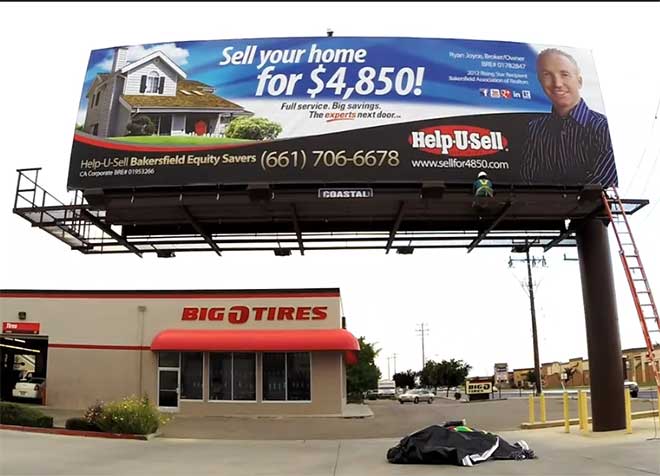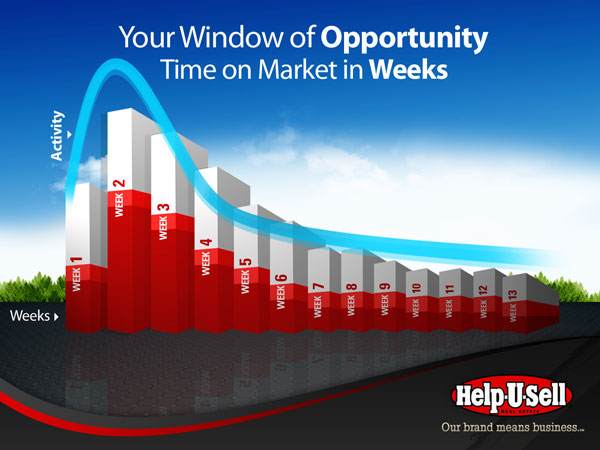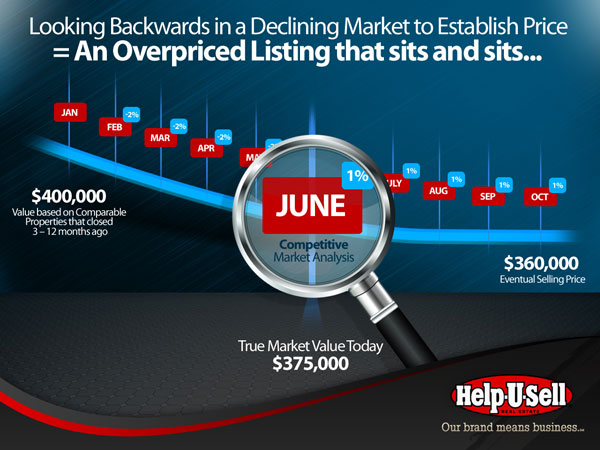It’s all about the Internet. We know that. We hear it all the time.
Like: 89%+ of all homebuyers begin their search on the Internet. Like: 70% of home buyers use video to tour the inside of homes before physically inspecting. Like: home searches on Google are up 253% over the past 4 years.
Clearly, if we are going to be in the business today, we are going to have to be on the Intenet in a lead generating way.
Job one is to be FINDABLE. My spell checker just underlined that word in red because it isn’t a real word at all. But it should be, especially when we’re talking about consumers being able to find you on the web. It’s not good enough to simply be there, to have a website, even a good one. Consumers have to be able to find you, which means your website has to be attractive to Google.
(I’m using Google here to stand for all Internet search engines. It is true there are others beside Mother G, but let’s face it: they are irrelevant at least and copycats at best. If you are going to generate Internet leads, you’re going to have to learn how to flirt with Google.)
So, what does Google like? What can you put out there that will cause your web pages to inch up in the big pack of search results? Google likes content that is:
Hyper-Local – so intimately focused on the local market that it is like a roadmap of the area.
Dynamic – which means changing. Static content – the pages you build and publish and then forget, – will barely raise a Google eyebrow. In essence she looks at your static website and says, ‘Eh? Anybody could do that. What have you done lately?’
Credible – Certainly you are credible. You are an experienced professional and you certainly know what you’re talking about. But that doesn’t score points with Google. She decides you are credible largely by the other people who think you are credible and she makes that decision based on links: who is linking to your site, referencing it, talking about it. If Joe Schmoe is referencing your site that’s nice – and it counts – but if the Wall Street Journal is talking about you, that’s golden. The other criteria is longevity. If you’ve been around, building content for months and years, you are seen as more credible than the site that just launched.
Media-rich – Google knows that we users love colorful content that moves, and nothing does that better than video. Increasingly, content that includes streaming video is king. To understand Google’s fascination with video, simply consider this: Google owns YouTube.
Mobile Friendly – More than half of all home searches are preformed o mobile devices and the number is growing. To people under 30, the phone is a computer. Whatever you do on the Internet must translate to mobile devices, both phones and tablets.
When I look at that list, I think it says you need a blog, a good blog. A blog that updates some aspect of your business and the local market every week and does so occasionally with video. Your real estate website is largely static: it does not change much over time. Use your well written, hyper-local blog to enable people to find you and then drive them to your website.
So far, everything we’ve talked about involves improving your organic search results, those that come to you simply because you are good. But let’s face it: everyone in our business is working towards this same objective. You can build your visibility and findability organically, but you will rarely beat some of the huge players aiming at the same consumers. They have too much history, too much credibility (as defined above) and too much cloudt. But there is another way to leap-frog to the top: buy your way there.
Paid search results appear at the top and the side of Google’s organic results. We all know this because we have become expert at NOT paying attention to those results when we search. Still, these ads do produce ‘clicks’ over time (if you are offering something relevant and valuable at the other end), and those clicks can result in leads.
Google Ad Words is code for advertising on Google via those pay-per-click entries that appear at the top and side of your regular search results. You get there by ‘buying’ search phrases consumers in your area typically use when looking for your menu of services. Others are bidding on the same search phrases, so you’re competing for space; sometimes your ad will make it, sometimes it won’t. But even when your ad makes it to the results page, you don’t pay until someone clicks on it.
This is where the whole offer/exchange dynamic comes in. You have to offer something in your ad that is perceived as valuable by your target consumer. For example: a Free Market Analysis might be perceived as valuable. A Free E-Book on preparing your home for sale might be seen as valuable. A Free Phone Consultation might be seen as valuable. It is the perception of value that causes a consumer to click. But then what?
Going hand-in-glove with Ad Words (and any pay-per-click advertising) is the creation of specific landing pages. A landing page should do little more than gather contact information on the consumer who lands there after clicking on your ad. Some very short descriptive information is ok, but you sure don’t want to tell your whole story on a landing page! Anything said on a landing page should underscore the idea that what you are offering is valuable because you’re asking the curious consumer who landed there to exchange their contact information for it.
Facebook pay-per-click works in much the same way except that your ads look more like ads, featuring graphics and so on.
Your prescription for jump-starting the digital portion of your marketing plan is as follows:
- Whip your website into shape. Eliminate wordy content that nobody is reading and replace it with crisp, relevant information. Wherever possible let video do the talking for you.
- Build some form of dynamic content into your online presence. A blog is a great idea IF you can and will create something fresh and original at least every week. If that’s not something you can or will do, hire someone to do it for you (like . . . oh, yeah! ME!).
- Invest in pay-per-click advertising. Begin with Google Ad Words and, in time, phase in Facebook. Your Google Ad Word budget should ideally be $10 or more a day. $5 a day can produce results but will take, well, twice as long.
- Before you pull the trigger on your pay-per-click ads, make sure you have effective landing pages that relate specifically to the offers you are making in your ads.
- Be ready to respond. I don’t mean to imply that you will be overrun with inquiries. You won’t. But when a click results in a consumer surrendering contact information, you need to respond immediately. Letting an hour or two pass by without contact will turn that ember into a cold bit of ash.
Want to talk about your digital plans? Call me: (619) 606-2228.



